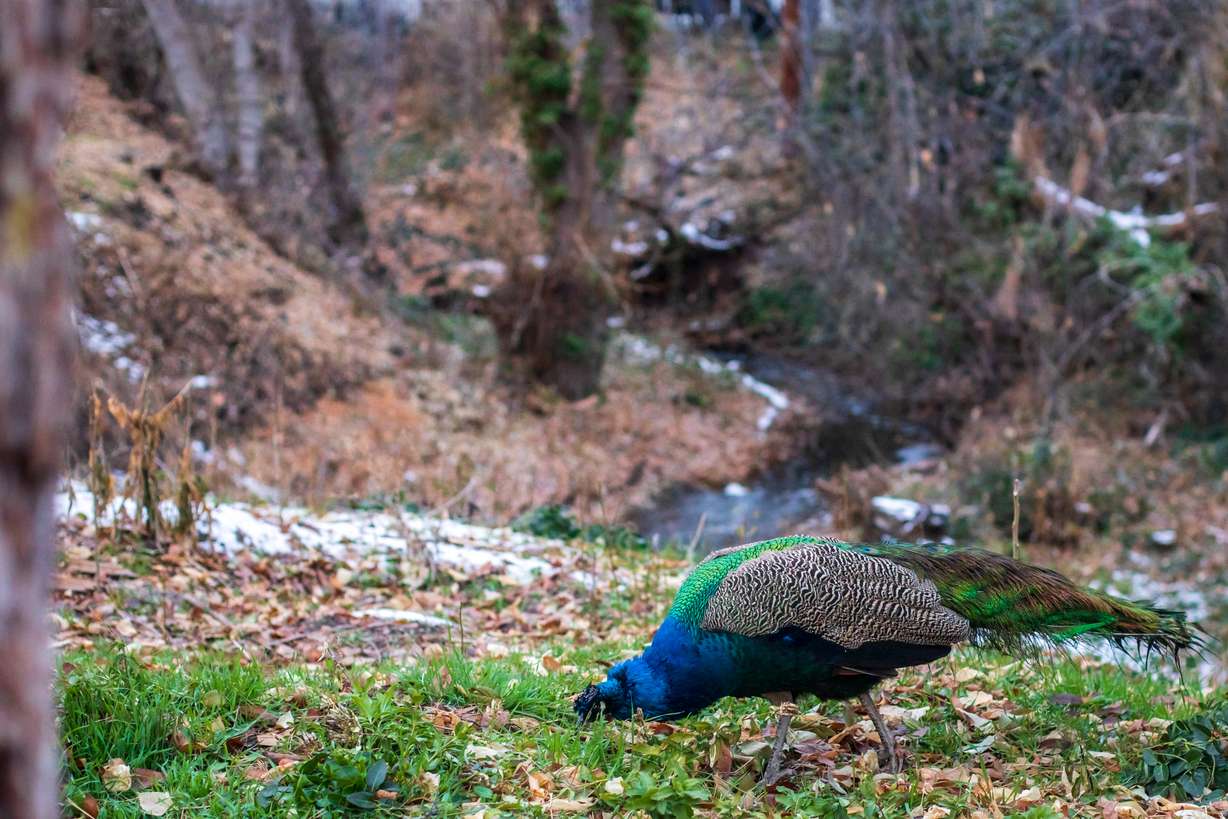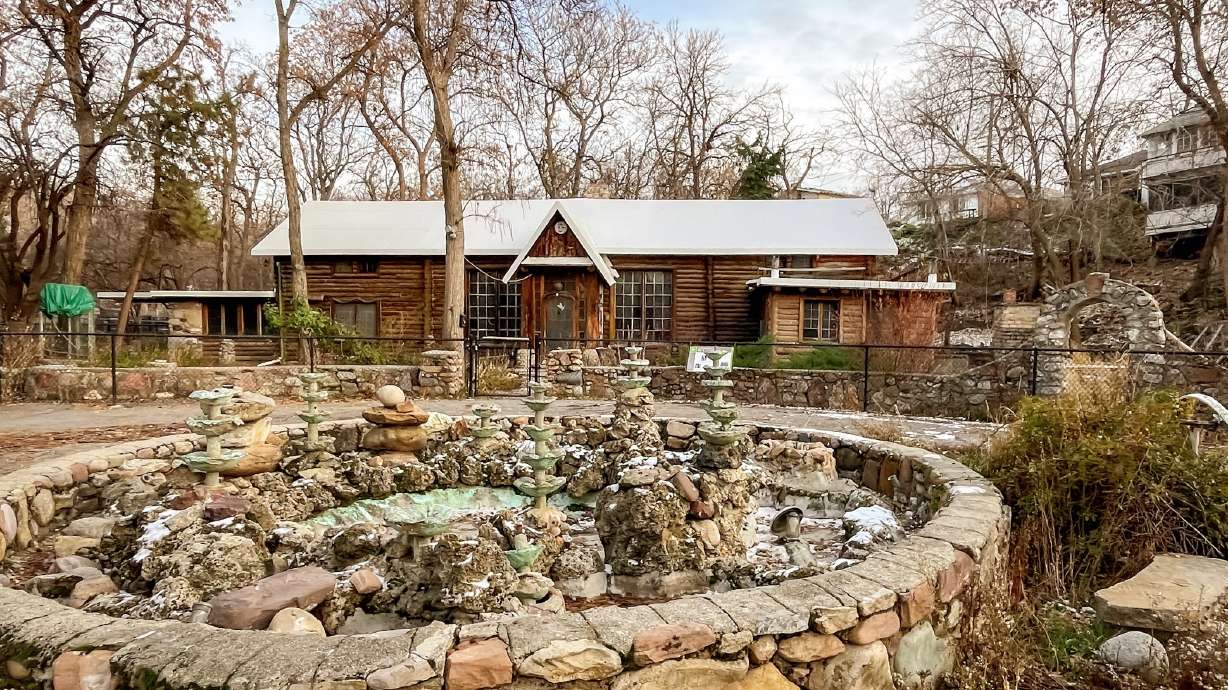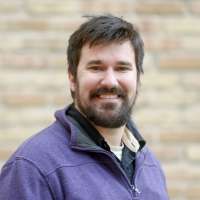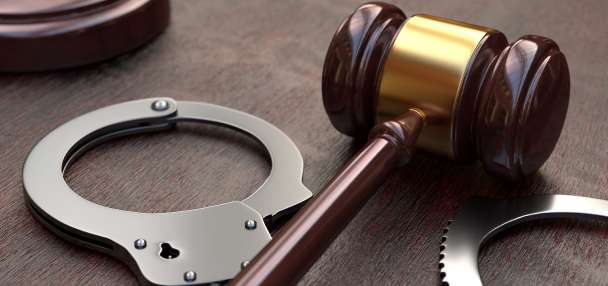Estimated read time: 5-6 minutes
This archived news story is available only for your personal, non-commercial use. Information in the story may be outdated or superseded by additional information. Reading or replaying the story in its archived form does not constitute a republication of the story.
SALT LAKE CITY — Allen Park, a 92-year-old space that Salt Lake City acquired and made a public park in 2020, will remain a unique blend of "art and sciences in the wild" for generations to come, park planners said Monday.
Salt Lake City Public Lands Department officials unveiled their proposed final draft of an adaptive reuse and management plan for the park Monday evening, which seeks to maintain its quiet nature and build on its art history by possibly opening some of its buildings to become art studios.
"Most people preferred the direction of 'art in the wild' — that idea of preserving the tree canopy, making it an area for quiet use of the community, maybe small gatherings," said Christine Richman, director of planning and economic development for GSBS Architects and a consultant on the project, during an online open house where the draft was released.
The draft will go through another public comment period before it's sent through the city approval process. Salt Lake City Council members, who will likely vote on the measure next year, have the final say on what the final plan will look like.
Repairing Allen Park
The park dates back to when George Allen, a one-time president of a Utah zoological society, started building a home on the land in 1931. He used a good portion of the land for his exotic bird collection, while also erecting multiple art pieces with eclectic literary quotes written on them.
He also built more than a dozen small houses and log cabins on his land for Westminster University students, professors and artists to stay at back in the day — also leading many to refer to his property as "Hobbitville." Allen had opened his space to the public every Sunday for many years, but it remained mostly closed off the to public after Allen died in the 1960s.
The park is home to many native creatures, including birds and mule deer, yet it's perhaps most known for the handful of peacocks that continue to roam freely on the land.

The space reopened to the public as a park for the first time in the fall of 2020, months after Salt Lake City acquired the property by using $7.5 million in impact fees to spare the Sugar House property from being redeveloped. Taking over Allen Park has been a major undertaking because of its history, explains Katherine Andra, planner for Salt Lake City's public lands department.
"This is a very unique park," she said. "We don't have any other park that has the level of infrastructure as Allen Park, the number of structures in combination with the historic nature."
This led to the reuse and management plan, which was launched this summer to figure out what residents wanted to see the park become in the future.
The future of Allen Park
As it turns out, most people said they want Allen Park to remain close to what it is today.
Andra said keeping the natural landscape and keeping some or all of the park's structures were two of the top themes that emerged from the public comment period. Repairs to the buildings to make them useable and improving the existing infrastructure were the primary changes people wanted to see.
The proposed final draft of the plan reflects these desires, Richman explains. The plan calls for:
- Keeping Allen Park Drive a pedestrian trail with emergency and maintenance vehicle access only.
- Removing a culvert in the center of the park and replacing it with a bridge to improve creek flow.
- Finding ways to slow the flow of the creek to improve stream health and reduce erosion.
- Restoring riparian zone health and enhancing wildlife habitat. This includes planting more native plants.
- Removing the current fencing and opening more open spaces for picnicking and other outdoor uses.
- Preserving and rehabilitating most of the structures. The Allen Lodge House could be turned into park offices, a history exhibit and a small community meeting space, while the Thomas Boam House, Ye Olde George, Roost, Mary Rose, Sally Anne and Ethylene structures would be turned into arts, sciences or community studios. The Roberta home may remain a maintenance and storage facility, while the 1384 Duplex could potentially become a public restroom facility.
- Fixing the water fountain and possibly other water structures in the land.
- Adding a new parking space for about 12 vehicles near the park's south boundary buffered by hedges to help protect the quiet nature of the open space.

Some other details are to be determined, such as security and whether to allow dogs or keep the peacocks in the park. The park will also avoid seasonal winter closures in the future.
Public comment for the plan will go into January before the plan is sent to city leaders and eventually finalized.
Once complete, Andra said her goal is to get the project off and running right away. There is already $4.5 million set aside for renovation projects tied to a parks bond residents voted for in 2022. Initial construction, which could begin as early as 2025, will likely begin with habitat improvements, art restoration projects and opening up more space for visitors, she said.
The rest is up to additional funding, which may come from outside public or private funding sources to help speed up the process.
"We'll likely phase some of the construction depending on what the improvements are in order to mitigate impacts to user experience, wildlife habitat and the peafowl on site," she said. "But we're hoping to begin immediately as soon as this plan is finalized."










